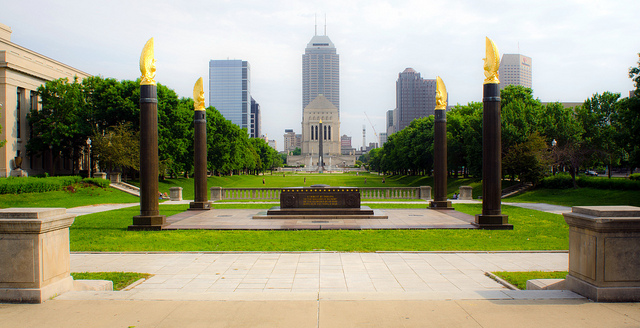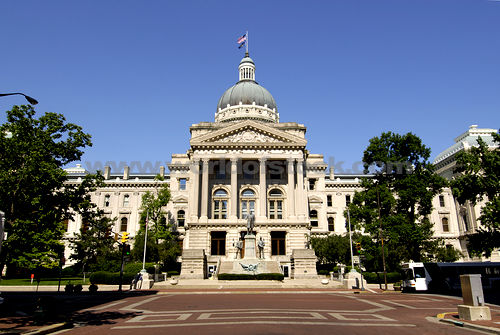Arts Integration - Government
“Arts integration” is a broad term referring to an approach to teaching and learning that “uses the fine and performing arts as primary pathways to learning.” Arts integration differs from traditional arts education by its inclusion of both an arts discipline and a traditional subject as part of learning (e.g. using improvisational drama skills to learn about conflict in writing.) The goal of arts integration is to increase knowledge of a general subject area while concurrently fostering a greater understanding and appreciation of the fine and performing arts. We think that arts integration can happen in every subject area. If you are a Government teacher looking for ways to integrate the arts into your regular curriculum, Harrison Center artist and former high school teacher, Quincy Owens, has created a whole repository of great things to study and places in the city to take your students. Here’s a sampling:
Government
The Power of Art In Government Architecture and City Planning (Indianapolis) -
Lead your students on a tour of the American Legion Mall starting at the southern entrance of IMCPL facing south. The tour will head directly south toward the Indiana War Memorial past the tomb of the Unnamed Soldier into the 24 acre plaza housing two museums, three parks, monuments, statues, sculptures and fountains, all of which utilize art, intentional layout and concepts and themes to portray different aspects of government and its functioning role in society-both present and past.
Tour of the Indiana Capitol Building-
Students can be led on a guided tour of the Indiana State Capitol Building with highlights including the various forms of government housed inside and how art has been utilized throughout the space to beautify and add grandeur to the political process.
Government and Propaganda- They go hand in hand-
Have students do a self-guided report based on a predetermined list of topics ranging from WWII Nazi propaganda posters to the Anti-war movement of the 1960’s. Students will then reconstruct one of these posters or create a new variation and present to the class how this style of art was considered effective for the masses.
The Beginnings of Democracy and the Persuasive Power of Art-
Lead a powerpoint discussion of the specific sculptural techniques (elements and principles) employed by artists during the rise of the Roman Empire to perpetuate the sense of power by the ruling class -- specifically the Caesars. Ask your students to seek out modern day examples of those techniques used to add persuasive perceptions to political figures and present their findings to the class. Emphasis will be given to government figures on an international scale over the past 65 years.
Branches of Government Storyboard-
As students continually learn the specific roles of the three branches of government, have them create pictographs that are added to create a large-scale visual flow chart to be used as reference in learning and in discussions. These can be as simple as icons depicting a weapon for military or food for food stamps. The ultimate goal of the storyboard will be to help students understand the intricate relationship all three forms of government share by making those connections visible and readily available on a daily basis in the classroom.




